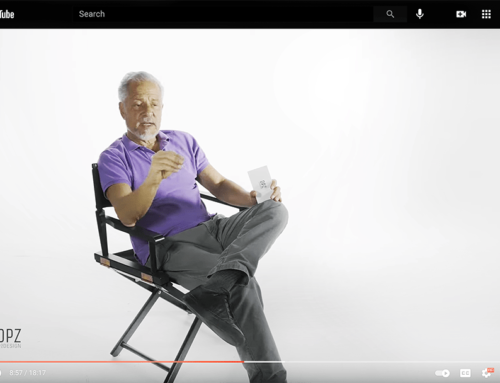ENGAGING THE VIRTUAL & THE REAL
To say that the past six months have changed everything, is hardly an understatement. The way we live, work, play, communicate, and even the way we think have required major adjustments. Many of our daily activities have become virtual, remote, and/or guided by new safety protocols. Meanwhile, as many of us tuned in to get daily pandemic updates we witnessed a seemingly sudden, but long-time evolving and irrevocable social awakening. Those of us in the design profession should feel charged with imagining and planning for a new public reality that awaits us after this period of private seclusion, and we should be honing the tools we will use to get there.
THE GOOD NEWS
The good news is that this pandemic arrived at a time when technology was already in place to allow meaningful exchanges with clients, project stakeholders, and permitting authorities via video-conference, document sharing, and other online platforms. Inhabiting that 100% virtual world has required a mental shift by most, but it has taught us useful lessons for going forward.

Screen-sharing and designing in real time with a client team as a small in-office team observes safety protocols.

A post-charrette virtual meeting to review and mark up design concepts for a topographically challenging site.
ZOOM FATIGUE
Though we might be zoomed-out with laptop-fatigue by now, what we’ve learned is that the sharing of ideas on a small screen has certain advantages. While nothing replaces the energy and the immediacy of in-person meetings and charrettes, walking your audience through a sequence of images where you can point precisely to details and have anyone mark-up a drawing, post a comment, or engage in a sidebar chat, provides a more intimate and robust exchange than is often possible in an auditorium or a conference room. It also empowers individuals who might not otherwise step up to a microphone or raise their hand in a crowded room to pose a question. Whether having a face to face session with another colleague, attending a small class, or participating in a webinar with a hundred participants, video-conferencing is a tool that is here to stay.

Even prior to the pandemic, DPZ’s most recent public charrettes have been utilizing web-based tools to engage the community. An upcoming Charrette in Escambia County, FL, gives area residents options to share ideas and participate in the process, both online and in person.
THE DIGITAL DOWNSIDE/ UPSIDE
The downside to this tech-enhanced forum is that those of us on the wrong side of the digital divide are largely left out of the conversation. As we are reminded of the social and economic inequities affecting so many of our neighbors, those of us designing for the public realm need to not only be more inclusive about how we design our communities but also how we engage those more disenfranchised residents. In light of this many of our design narratives and the ways we produce and share ideas will need further re-calibration.
An upside of the pandemic is that it has spurred efforts by Internet Service Providers, local governments, and community organizations to step in to help poor families gain free or low-cost internet access and devices for virtual schooling and working from home. The expansion of digital outreach is helping to keep communities informed and connected at a time of social distancing.

Surveys distributed online and on paper to a community in Michigan to gauge stakeholder opinions for a citywide master plan.
CONNECTING = NEW PLATFORMS + TRADITIONAL OUTREACH
However, we cannot forget the effectiveness of older, more tactile tools like printed surveys, flyers and newsletters that can inform those not so inclined to connect online. We need to utilize simpler, more approachable resources when necessary to better engage the elderly, lower-income folks, racial/ ethnic minorities, and others too often excluded from the planning discourse.
As we work hard to adapt to new circumstances and renew our commitment to creating complete, connected and convivial places, we at DPZ remain devoted to confronting, sorting through and solving complex issues. Furthermore, in order to bring to life visions that are responsive and practical, we must listen more than ever to the actual needs of those whom we are serving. So, until the day we can safely return to interactive, in-person discussions we will hold virtual charrettes, schedule old-school phone conferences, distribute hardcopy documents, and employ any tool at our disposal to guarantee that our dedication to a dynamic, informative, and inclusive design process continues.






![Planning for Adaptation [Podcast]](https://www.dpz.com/wp-content/uploads/2020/09/FutureoftheAmericanCity_american-500x383.jpg)